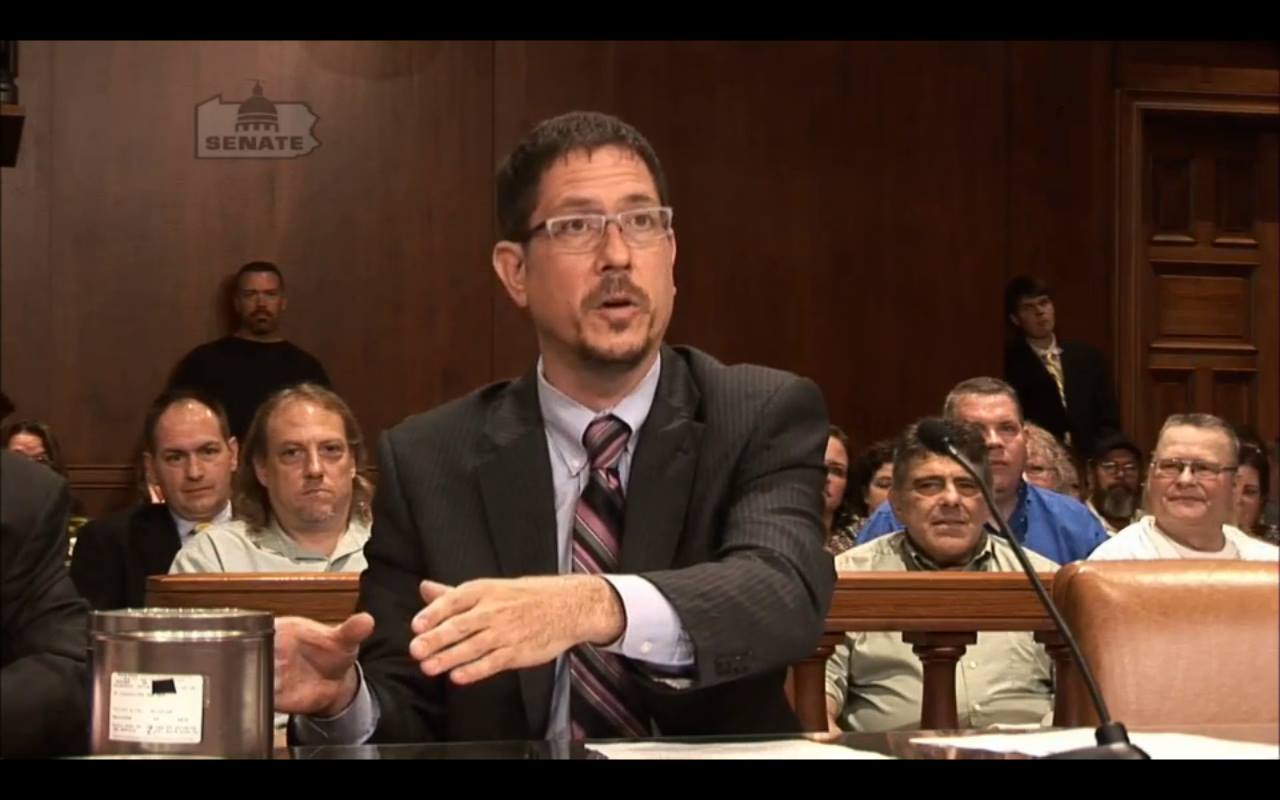Why Employ a Federal Crime Attorney: Shield Your Rights with Professional Legal Aid
Why Employ a Federal Crime Attorney: Shield Your Rights with Professional Legal Aid
Blog Article
Debunking the Refine of Federal Appeals: What You Required to Know
Navigating the detailed realm of government allures can usually look like traversing undiscovered waters for those strange with the procedure. Understanding the nuances of appellate court jurisdiction, the intricacies of filing a notification of allure, providing an engaging quick, and making an influential dental disagreement are crucial elements that can substantially affect the outcome of a situation. By unwinding the layers of complexity surrounding government allures, people can get a more clear understanding into the systems that govern this critical phase of the lawful system.
Comprehending Federal Appeals Process
Delving right into the complex realm of the federal appeals procedure reveals a structured and methodical journey via the judicial system - federal appeals attorneys in kansas. Federal appeals offer as an essential system for reviewing choices made by reduced courts. Understanding this procedure is essential for any individual associated with legal process at the federal level
The procedure typically begins with an event dissatisfied with a lower court's judgment submitting a notice of appeal. This causes an evaluation by a higher court, where a panel of courts examines the legal debates provided by both parties. Briefs describing the lawful thinking behind each party's position are sent, and dental debates may be heard to clarify intricate issues.
The appellate court's choice is based on a comprehensive evaluation of the lower court's procedures and the arguments offered. The judges do not review realities but focus on whether lawful mistakes occurred that influenced the reduced court's choice. As soon as the appellate court gets to a choice, it can affirm, reverse, remand, or modify the lower court's ruling, offering clarity and finality to the legal conflict. Understanding this procedure is vital for navigating the complexities of federal charms successfully.
Appellate Court Jurisdiction Discussed

Appellate courts have territory over details sorts of instances, typically those including lawful errors, procedural problems, or concerns of regulation instead than valid disagreements. The jurisdiction of appellate courts is generally laid out in statutes and legislations that regulate the court system. Recognizing appellate court jurisdiction is vital for events entailed in the charms procedure as it figures out whether a case is eligible for testimonial and the degree to which the appellate court can intervene in the lower court's decision.
Filing a Notice of Allure
The first action in beginning the federal appeals process involves submitting a Notification of Charm with the suitable appellate court. top california federal appeals attorneys. This critical paper formally informs the court and the other celebrations associated with the case that the appealing party means to look for a testimonial of the reduced court's decision. Submitting a Notice of Charm is a strict step-by-step need that sets the appellate process in activity
When preparing the Notice of Charm, it is necessary to guarantee compliance with the particular regulations and guidelines of the pertinent appellate court. The file has to commonly include info such as the instance name, the lower court's name, the day of the judgment being appealed, and a succinct declaration showing the premises for the charm.
Timeliness is important when submitting a Notification of Charm. Missing the due date for sending this record can cause the allure being disregarded, highlighting the relevance of exact and prompt initiation of the charms procedure. It is suggested to seek legal assistance to browse the intricacies of filing a Notice of Appeal properly.
Briefing and Oral Argument
In the appellate process, providing written briefs and engaging in oral disagreements play crucial duties in supporting for the appealing party's placement prior to the appellate court. Briefs are thorough lawful records that outline the parties' arguments, legal authorities, and analysis supporting their positions. These written submissions supply the court with an in-depth understanding of the facts of the instance, the appropriate law, and why the appealing party believes the reduced court's choice need to be rescinded.
Adhering to the entry and evaluation of the briefs, oral disagreements supply the celebrations an opportunity to more clarify their settings, attend to any type of concerns the appellate judges might have, and emphasize crucial points from their composed briefs. Dental arguments are a possibility for the attorneys to persuade the judges with spoken campaigning for and reactions to queries from the bench.

Obtaining the Appellate Court Decision

Final Thought
Recognizing the appellate court territory, submitting a notice of allure, preparing briefs, and providing oral debates are all essential components of this procedure. Ultimately, getting the appellate court choice can provide clearness and resolution to lawful disputes.
As we advance from recognizing the federal charms procedure to studying the complexities of appellate court territory, an essential aspect comes to light relating to the authority and limits of these greater courts in the lawful landscape. Appellate court territory refers to the extent of instances that a certain appellate court has the power to review and decide upon. Unlike trial courts that hear cases for the very first time, appellate courts are restricted to assessing choices made by lower courts. Comprehending appellate court territory is essential for events involved in the charms process as it identifies whether a case is eligible for evaluation and the degree to which the appellate court can intervene in the reduced court's choice.
Whether the appellate court verifies, turns around, or remands the reduced court's choice, recognizing the effects of the judgment is crucial for all parties included in the appellate procedure.
Report this page